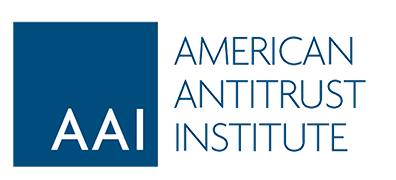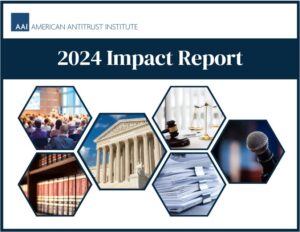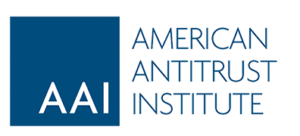AAI has filed an amicus brief in Labcorp v. Davis, urging the U.S. Supreme Court to avoid unwittingly upending antitrust class actions in a case challenging statutory damages under the Americans with Disabilities Act (ADA).
In Labcorp, the defendant is a diagnostic testing company that provides medical blood and urine screenings. The plaintiffs are a putative class of blind patients who could not use Labcorp’s self-service kiosks to register and check-in at Labcorp locations, because the kiosks allegedly failed to comply with the ADA and California state law. The plaintiffs sued to recover statutory damages. A district court certified the class, and the Ninth Circuit affirmed.
Labcorp petitioned the Supreme Court for certiorari, arguing that the class should not have been certified because it allegedly contains uninjured members. Such classes, Labcorp argues, violate Article III and fail to satisfy Rule 23(b)(3), which requires that common issues predominate over individual issues in class litigation. The Supreme Court granted certiorari on the question of “Whether a federal court may certify a class action pursuant to Federal Rule of Civil Procedure 23(b)(3) when some members of the proposed class lack any Article III Injury.”
AAI’s amicus brief urges the Court to avoid painting with a broad brush. It explains that Labcorp’s arguments rest upon several false assumptions and threaten harmful unintended consequences because they fail to account for important distinguishing features of antitrust class actions.
The brief explains, first, that Article III injury can be a common question that supports a finding of predominance in antitrust class actions; it does not invariably give rise to any individual issues at all or necessarily imply that individual issues would predominate.
Second, Labcorp’s proposed rule, which would prohibit certification of classes containing uninjured members, would unnecessarily prevent settlements designed to avoid the cost of litigating the issue of whether there is a classwide Article III injury.
Third, Labcorp’s proposed rule elides important differences in the standards for establishing Article III injury and for establishing antitrust injury on the merits. The Supreme Court has held that (1) the former changes according to the stage of the litigation, and (2) the latter is subject to unique standards because the vagaries of the marketplace usually deny us sure knowledge of the precise amount of antitrust damages.
Fourth, Labcorp misses that in antitrust cases, unlike in certain statutory damages cases, the presence of uninjured class members usually does not alter the amount of claimed damages. Antitrust plaintiffs usually must rely on classwide econometric techniques to calculate damages because the competitive baseline in a but-for world, absent the antitrust violation, is unknown (owing to the illegal conduct).
Fifth, Labcorp’s policy arguments suggesting that class certification should be discouraged because it is often a death knell for litigation are not true in antitrust litigation.
The brief was submitted by AAI President Randy Stutz, with input and assistance from several leading antitrust class action experts.
Read the full brief here: AAI Amicus Brief in Labcorp v. Davis



